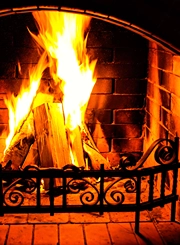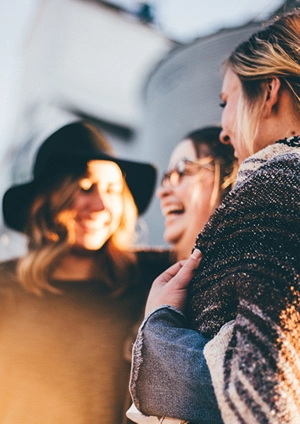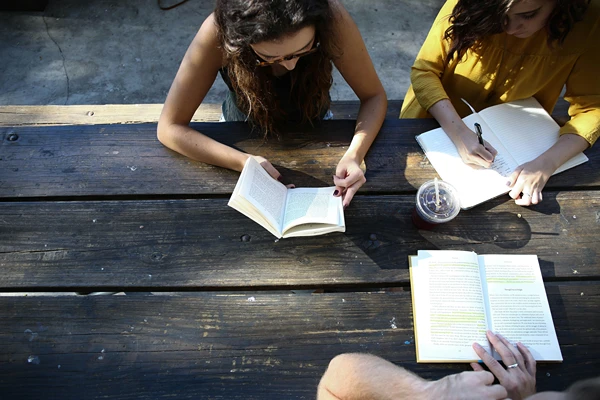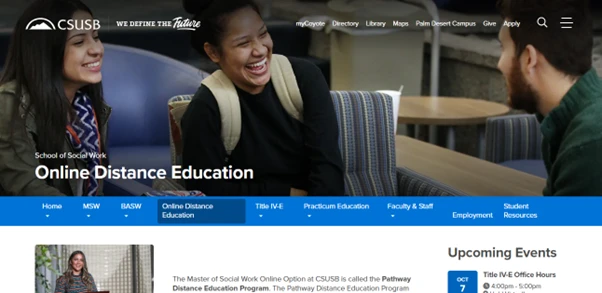How to Keep Kids Safe Around Electric Fireplaces and Heaters
As winter approaches, many families look forward to cozy evenings spent by the warmth of a fireplace or heater. Electric fireplaces, in particular, offer a safe, convenient alternative to traditional wood-burning fireplaces or gas heaters.
However, even with the safety features they provide, it’s essential to be mindful of certain safety precautions to ensure kids stay safe around these heating options.
In this guide, we’ll explore practical safety tips for families with young children, focusing on safe use, placement, and supervision. These steps will help you enjoy the warmth without the worry, keeping your family comfortable and secure throughout the colder months.
1. Choose Child-Friendly Models with Safety Features
When selecting an electric fireplace or heater, look for models specifically designed with children in mind. Child-friendly models often come with built-in safety features such as cool-to-the-touch surfaces, automatic shut-off timers, and remote controls, allowing parents to monitor and control the temperature from a distance.
Many modern electric fireplaces even offer a “safe mode” setting, which limits the unit’s heat output, reducing the risk of burns.
Additionally, consider models with tip-over protection. This feature automatically shuts the device off if it’s accidentally knocked over, providing extra peace of mind for families with curious toddlers who may try to explore or lean on the heater.
2. Place the Heater or Fireplace in a Safe Location
Placement is crucial in preventing accidents around electric fireplaces and heaters. Position the heating unit in an area that’s less accessible to children, ideally against a wall or in a spot that’s not in their play zone.
A corner spot, slightly elevated surface, or a wall-mounted electric fireplace is often the safest choice, reducing the risk of kids coming into direct contact with the unit.
Avoid placing the heater near flammable objects, such as curtains, furniture, or bookshelves. Ensure that the heater is at least three feet away from these items to minimize fire risk. Installing a child safety gate around the fireplace or heater can also create a secure boundary, keeping kids at a safe distance without restricting the warmth from reaching the rest of the room.
3. Supervise Children Around Heating Appliances
No matter how many safety features an electric fireplace has, supervision is key to keeping children safe. Kids can be naturally curious, and even if they’ve been taught about the dangers of hot surfaces, they may still want to explore the area around a fireplace or heater.
Take time to explain to children the importance of staying away from the heater, emphasizing that it’s not a toy. Create a “no-touch” zone around the fireplace, and make sure older siblings understand the rules as well, so they can help reinforce them with younger family members. Consistent supervision will help prevent accidents and encourage a better understanding of household safety.
4. Educate Kids About Fire and Heat Safety
Educating children about the potential hazards of heat sources is crucial for creating a safe home environment. Use age-appropriate language to explain how electric fireplaces work and why it’s essential to stay at a distance. Show them how the unit operates from a safe distance, explaining that touching the heater can cause burns or injuries.
Encourage children to come to you or another adult if they feel too warm, allowing you to adjust the temperature accordingly. Creating this awareness around heat safety empowers kids to understand the importance of being careful around fireplaces and heaters.
5. Use Remote Controls and Set Timers
Many electric fireplaces come with remote control options, allowing you to adjust the settings without being near the unit. By setting a timer, you can automatically turn the heater off after a set period, reducing the chance of overheating and ensuring that it’s not left on when no one is around to monitor it.
A timer is especially helpful in the evenings when everyone is preparing for bed. Instead of worrying about whether the heater is still on, you can set it to turn off after a certain time, knowing that your family will stay warm and safe through the night. Remote controls and timers add an extra layer of safety, particularly when children are in the room.
6. Create a Barrier for Extra Protection
For families with younger children, setting up a barrier around an electric fireplace can be an excellent precaution. Installing a safety gate or screen in front of the heater creates a physical boundary, keeping kids at a distance and discouraging them from touching the unit. There are various child-friendly gates available that are heat-resistant and designed to blend with your home decor.
Barriers are especially beneficial for families with toddlers or infants who are still learning about boundaries. They provide a visible deterrent for curious hands and give parents peace of mind, knowing that their little ones are less likely to approach the heater unsupervised.
7. Opt for Safe Materials and Secure Cords
Electric fireplaces are generally safe, but certain materials and components require extra attention. Ensure that the unit’s exterior remains cool to the touch, especially if it’s within reach of young children. Opt for units with glass fronts that do not heat up or those designed with heat-resistant materials to prevent burns.
Additionally, keep an eye on power cords. Secure any loose cords against the wall or under furniture to prevent tripping hazards. Cord covers and child-proofing accessories are great for this purpose, as they help keep the cords out of sight and out of reach.
8. Inspect and Maintain Your Electric Fireplace Regularly
Regular maintenance is essential for keeping any heating appliance in safe working condition. Frequently inspect your electric fireplace for any signs of wear or damage, paying close attention to the power cords and heating elements. Clean the unit according to the manufacturer’s instructions, and make sure the ventilation areas are clear of dust and debris.
If you notice any issues with the heater, such as unusual noises or inconsistent heating, consider seeking professional advice. Ensuring that the unit is in optimal working condition reduces the likelihood of malfunctions and contributes to a safer environment for your children.
Final Thoughts: Keeping Kids Safe Around Electric Fireplaces and Heaters
Electric fireplaces and heaters offer warmth and comfort, especially during colder months, but safety precautions are essential to make sure they’re used responsibly in family homes. By choosing child-friendly models, placing units safely, supervising children, and using barriers, you can create a safe environment that everyone can enjoy.
For more helpful tips on choosing the right electric fireplace and safe heating options for your home, visit TheTorchGuys.com. Making informed choices about home heating not only enhances comfort but also ensures the well-being of your entire family.
Remember, keeping kids safe is all about a combination of education, supervision, and the right preventive measures. With the right practices, you can enjoy the warmth of your electric fireplace without any worries, knowing that your children are safe and comfortable in a cozy home.
















